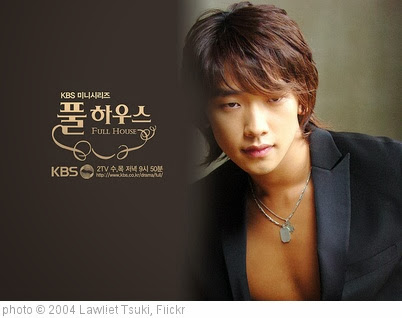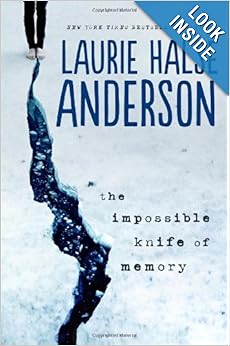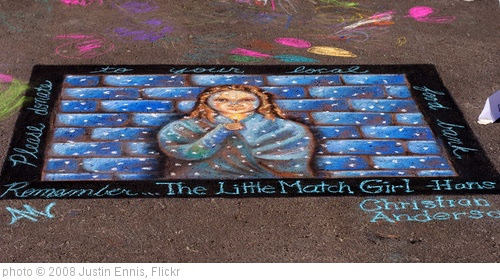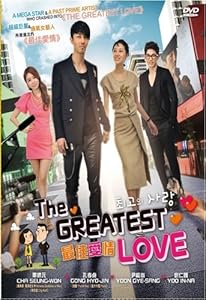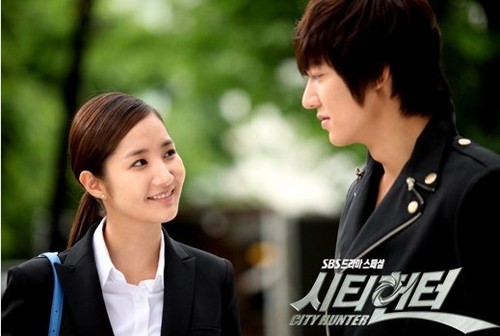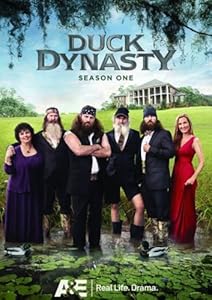A member of a Facebook group that I’m in asked people to comment about their favorite documentary films. From all the comments that were posted, I made a list of documentaries that I would like to watch. And I’ve been watching some of them this week. So far, I have watched four films, and I have definitely thought that all four were worth the time and worth recommending.
 Look and See: A Portrait of Wendell Berry. (2017, watched on Netflix)
Look and See: A Portrait of Wendell Berry. (2017, watched on Netflix)
This film was good, but misnamed, I think. It wasn’t about Wendell Berry, the author, as much as it was about farming and farm policy and the takeover of commercial methods and big business in agriculture, the death of the family farm. As I watched I felt I understood the problem better, but I didn’t see the solutions. Maybe there is no going back to the way agriculture was done in the past on small farms, on a small scale. Even though the film showed some farmers who were trying to scale back and form small local cooperatives, it was obvious that tobacco farming, at least, was never going to be profitable or even doable on a small scale again. And since that’s the kind of farming Wendell Berry is looking back to as his ideal, I’m not sure what to think about the film itself. I also wonder if tobacco farming itself is going to be a thing of the past, since the advent of vaping and e-cigarettes. Unless someone finds other uses for tobacco. Maybe someone needs to do for tobacco what George Washington Carver did for the peanut and for sweet potatoes. Anyway, watch this one to learn more about the farming crisis and to learn a little bit about Wendell Berry. The musical score for the film is fantastic.
13th. (2016, watched on Netflix)
I watched this film about the history of slavery and prisons and mass incarceration with one of my adult daughters, and it was quite provocative and thoughtful. The title is a reference to the thirteenth amendment to the U.S. Constitution. It reminded me of the book Just Mercy by Bryan Stevenson, and sure enough, Mr. Stevenson was featured as one of the commentators on the film. Like I Am Not Your Negro, which I watched last year, this documentary helps explain some of the racial unrest in our nation and the Black Lives Matter movement in particular. I’m not at all sure I agree with all of the agenda that the film is trying push, but I do feel more informed and even empathetic. We do have a history of racism in this country, and that history does influence how black people and white people think about current events. It’s very difficult to think past one’s own presuppositions, especially when we don’t even realize that the underlying prejudices and presuppositions are there, in the first place.
Life, Animated. (2016, watched on Amazon Prime)
A 23 year old young man, Owen Suskind, uses his immersion in Disney films to make sense of the world and ameliorate and inform his understanding of himself and his place in the world as he deals with his autism. Of the four documentary films I’ve watched so far, this one was the best and most hopeful. I was delighted by this story of a boy who, at the age of three, suddenly became autistic and lost his ability to speak meaningfully or to communicate with family. Owen’s parents have a huge role in the film and in Owen’s life, but the film is really about Owen growing up and becoming independent as he deals with the knowledge that his parents won’t always be available and can’t live his life for him. It’s also about how the Disney movies helped and continue to help Owen to connect with other people and to understand the world he lives in. Again, I found this film fascinating.
 AlphaGo. (2017, watched on Netflix)
AlphaGo. (2017, watched on Netflix)
The ancient Chinese game of “Go” is for some people, especially in Asia but really around the world, a metaphor for life and the struggle to live creatively and strategically. In this film, AlphaGo, an artificial intelligence neural network, competes against Lee Sedol, a top level world champion at the game of Go. Because, like chess, this game is for many people a life’s work, the competition between man and machine is particularly intense and consequential. Lee Se-dol, is a South Korean professional Go player of 9 dan rank. AlphaGo is a computer program that can adjust and “teach itself” to play Go and to win at Go, a very complicated game. Go is much more complicated than chess, for example. Anyway, the story of how Lee Sedol and AlphaGo played a three games out of five tournament and who won is a nail-biter. I’m not sure I understand all of the implications of this kind of “deep learning” network, but it feels significant and rather amazing.
So, those are the four documentaries I’ve watched so far. I’ll be back with more mini-reviews soon.
By the way, if you have any favorite documentaries to recommend, I’ll add them to my list. What are your favorite nonfiction films and documentaries?
 I’ve been watching the BBC TV series Merlin, a new take on the old Arthurian legend, for about a month now. I watch an episode or two while I cover my book jackets with Mylar plastic covers or while I process and stamp the books for my library. I’ve finished through season three and the first two epodes of season four, and I have a rather mixed review.
I’ve been watching the BBC TV series Merlin, a new take on the old Arthurian legend, for about a month now. I watch an episode or two while I cover my book jackets with Mylar plastic covers or while I process and stamp the books for my library. I’ve finished through season three and the first two epodes of season four, and I have a rather mixed review.

